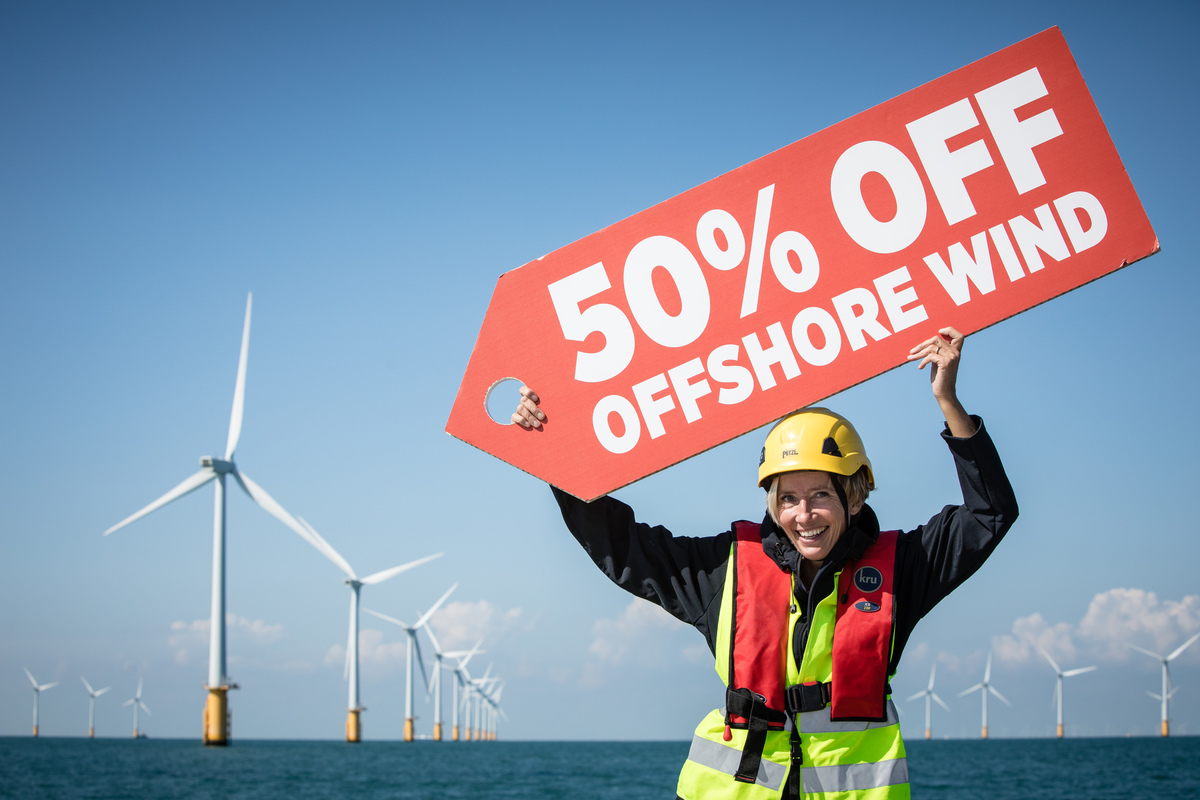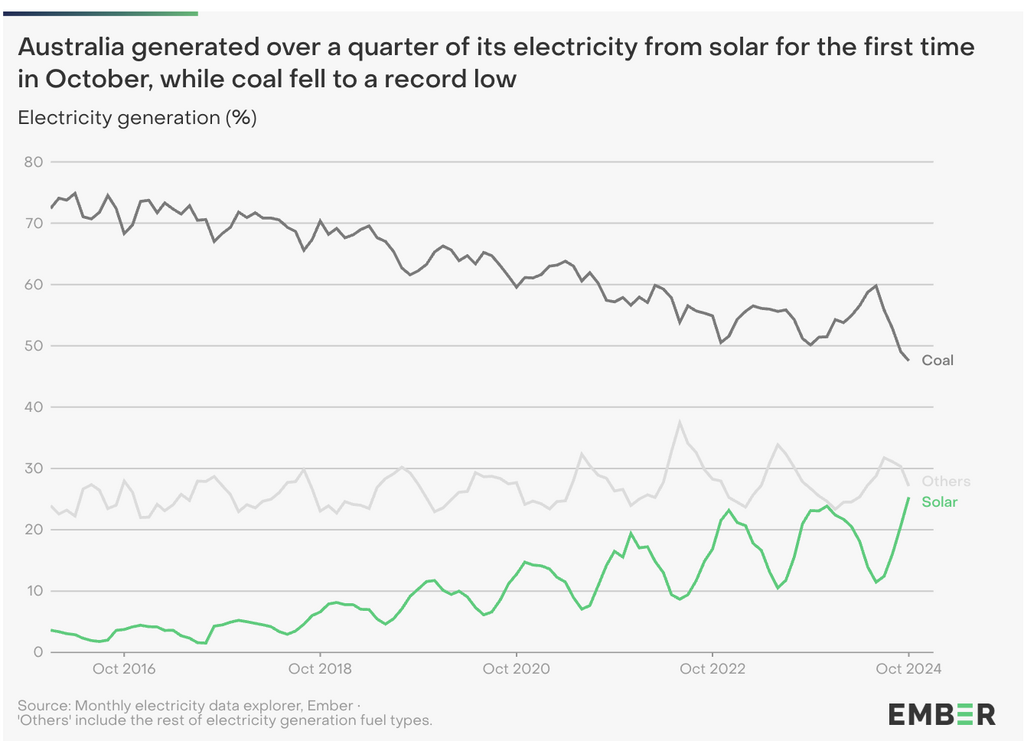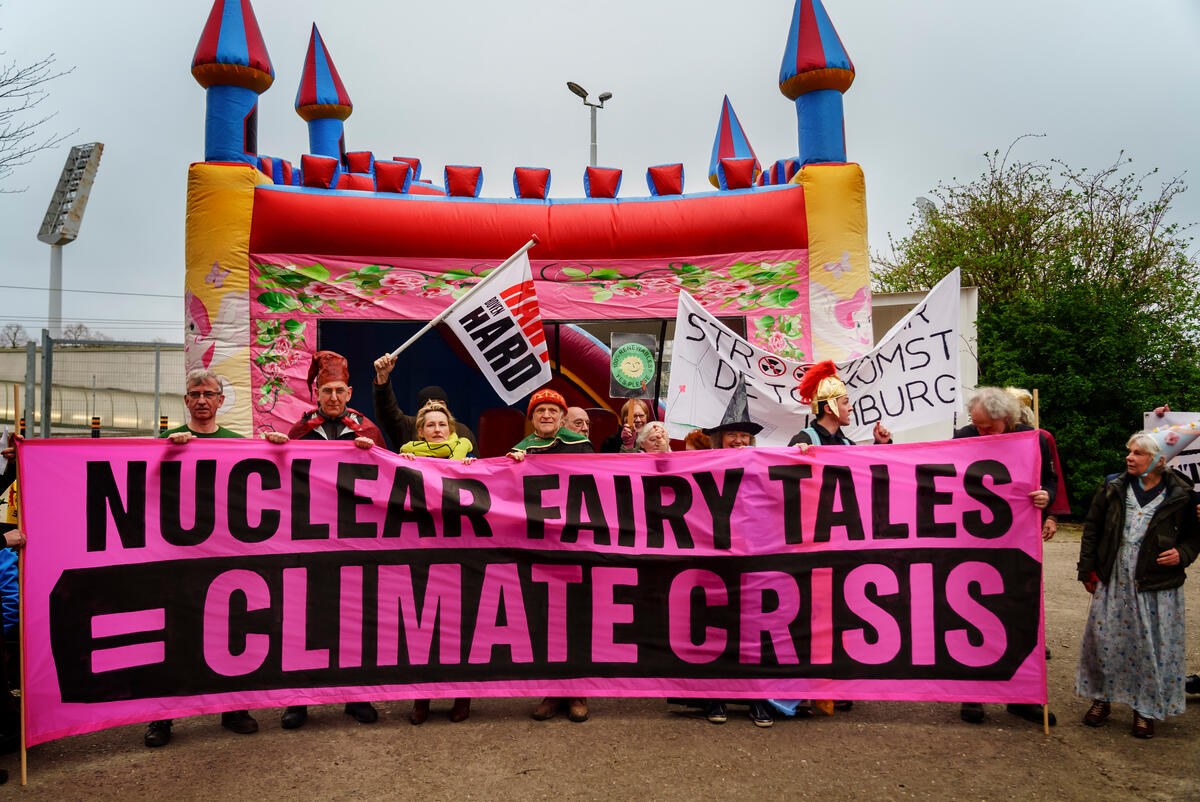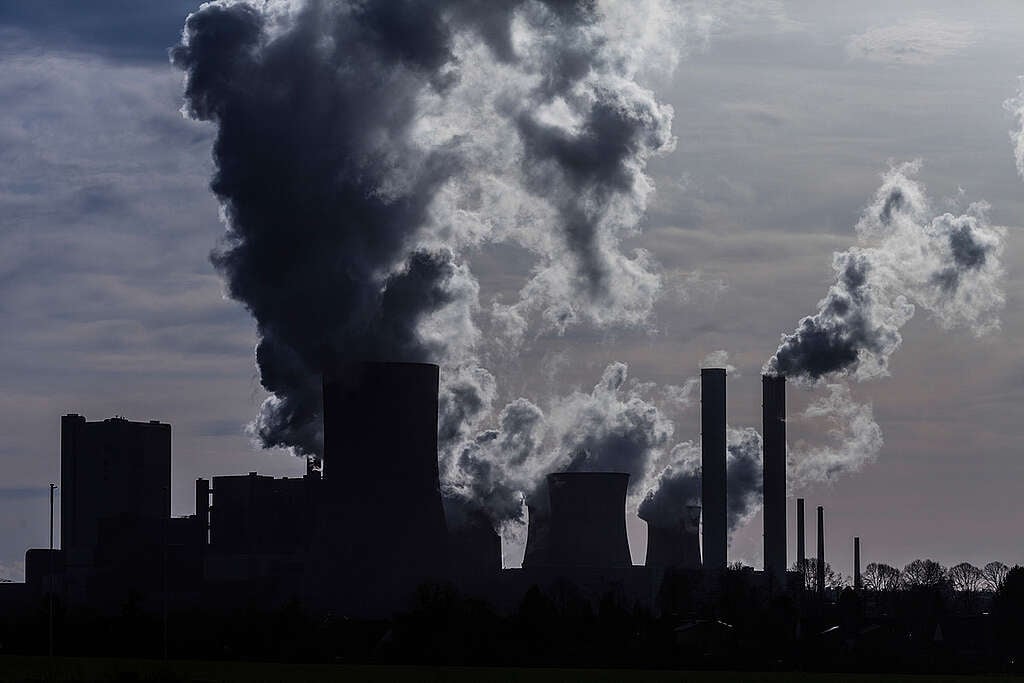Thanks to huge growth in solar and wind, renewable energy broke records in 2023, generating 30% of electricity worldwide.
Green energy from solar and wind made up nearly 91% of net new power capacity, compared to only 6% from fossil fuels.
While we’re still waiting for the 2024 results to come through, it’s worth taking a moment to celebrate some big achievements globally and see how Australia stacks up.
First sport, now energy. Could renewable energy be the next battleground between Australia and the UK?
Australians may not like celebrating the UK for anything, but it’s worth noting the amazing progress they made on clean energy last year.

This is a really big deal! Only three years ago, fossil fuels were generating 46% of electricity in the UK, while low carbon renewables made up 27%.
How does Australia stack up on renewable energy?
The World Economic Forum’s Energy Transition Index benchmarks 120 countries on how they’re tracking towards the clean energy transition. Though not in the top 10, (or even in the top 20), Australia is still making important progress worth celebrating.

Looking back at the last decade, the renewable energy growth in Australia is pretty remarkable.
But the real hero of renewable energy in Australia? South Australia!
South Australia: leading the nation on renewable energy
In South Australia, wind and solar were already contributing a remarkable 75% of the energy share in 2023, prompting the state government to bring forward its 100% renewables target by three years. The state is now aiming to reach this target by 2027.
If you live in South Australia, there’s now a 50% chance you have rooftop solar. South Australia is doing better on renewables than most countries around the world.
Bipartisan support for renewable energy, supportive policies, and strong climate laws have been instrumental in the state’s success. But there’s still time for other states to catch up. And the longer we wait, the higher the cost and the harder the transition.
So, how does nuclear energy fit in?

Short answer: it doesn’t.
Peter Dutton’s nuclear fantasy is not a plan to tackle climate change – Nationals senator Matt Canavan himself recently labeled the Coalition’s nuclear policy a ‘political fix’ that they know is a more expensive form of power.
Trying to introduce a nuclear energy system in Australia would actually slow down the roll out of renewable energy – halting the incredible momentum we’re seeing around the country and pitting nuclear vs renewable energy. The Coalition’s fossil fuel donors are thrilled, because it could take up to 20 years to get a single nuclear power plant up and running. If the Coalition gets its way we would be facing a reality where we actually extend the life of coal and burn more fossil fuels for longer. The proposal is outrageous when you consider that we’re already 40% of the way there on renewable energy – using sources that don’t produce highly radioactive waste needing to be safely stored for literally hundreds of thousands of years.
Ultimately, nuclear energy in Australia is just a dangerous distraction from the urgent work we need to do to phase out fossil fuels, using our abundance of wind and sun to complete our transition to clean sources of energy.
With a federal election coming in the first half of this year, we won’t try to predict what will happen next. But we do know that we have no time to waste in accelerating the shift away from polluting fossil fuels.
We weren’t just breaking renewable records in 2024 – we also broke heat records. 2024 was once again the hottest year on record, A trend we’ve seen repeating every year for a decade.
We need to stay the course with solutions that are cutting pollution now, not go backwards with a dangerous plan to burn more dirty fossil fuels and produce highly radioactive waste.
Here’s to more big renewable energy in 2025!

Stop New Coal, Oil and Gas Projects
Sign the petition to demand the Australian Government stop new coal, oil and gas projects now.
Sign petition